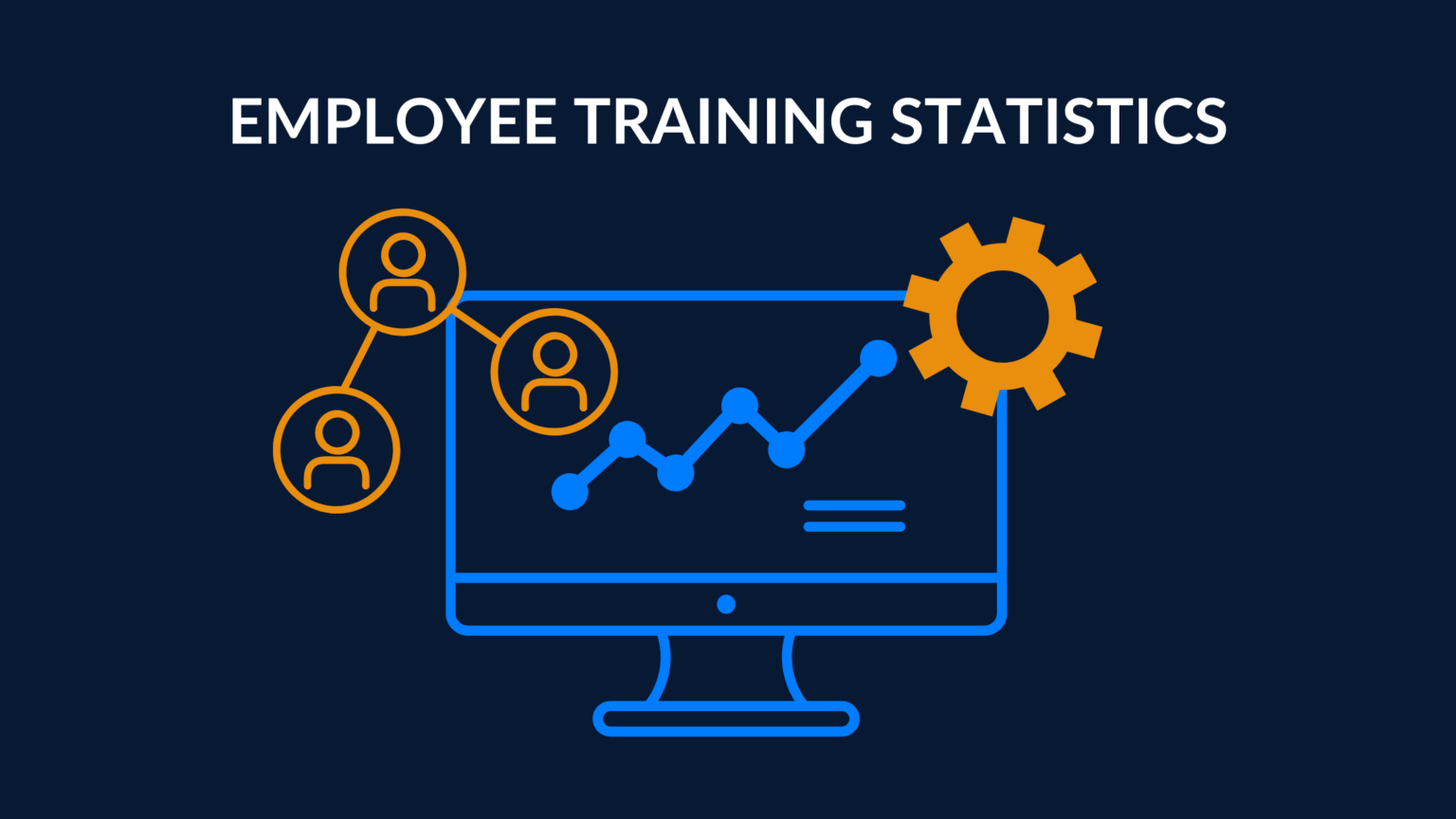What's The Training That Employees Want?
Are there any learning practitioners focusing on what employees actually want? Need? When they conduct a needs assessment, do they actually ask, 'what do you need to do your job better?' I'm sure there are a few. But regretfully, I've not come across any practitioner who does this in a very long time.
The practitioners I come across, and there are numerous, remain focused on designing and developing a 'course'. They're myopic trying to impress 'mom and dad' (the business leaders), attempting to prove that learning isn't a waste of time. They mire in the details about how well they design a course, what technology they use, and what latest learning fad they incorporate.
Some of you are saying, 'isn't this actually addressing what employees want?'. The answer is NO! If you truly want to make an impact and prove your efforts make a difference, how about delivering something that employees will actually use...you know, skills they actually apply to improve their job performance.
This is why training continues to leave a negative impression among various internal stakeholders. Employees often don’t experience direct benefit for the time taken away from work and for employers, it’s a complete waste of resources without demonstrating little return or value.
There are ways to improve this perception and have employees and employers value your training. But it begins with the actual users, the employees. Consider these tips to get people intrigued and excited about your next learning initiative:
Ask What They Want to Improve
First, find out what your learners want. Conduct a focused needs analysis by not only comparing job descriptions with the employee skill gaps but also having conversations with the people actually doing the work.
Doing so equips you to fully appreciate the individual needs and better identify the actual skill gaps, not the theoretical ones. Learning should be something people want to do, not something they have to do.
Personalize Learning
When you address a person’s specific learning need, they are more likely to engage and commit to the learning experience. They feel that you care and will help them improve.
Today, many technologies allow you to customize the learning experience similar to how online streaming and shopping services do it. Amazon and Netflix make it simple to navigate and deliver exactly what you want. You can do the same.
Consider simple things like providing the ability to organize their own learning needs, or allowing the freedom to identify skills they want. Offer learning opportunities through non-conventional means like individual coaching or access to Subject Matter Experts.
Also, make learning engaging. Find out how they’re stimulated, what their interest is, and how it relates back to their work.
Develop blended learning approaches, such as complimenting an instructor-led course with targeted eLearning tutorials. Doing so leverages the best elements from Instructor-Led Training and the interactive elements of eLearning.
Technology offers many innovative tools to engage the learner. There are multiple ways to develop and measure learning opportunities before, during, and after participants complete the course. Some ways to do so include virtual experiences, leaderboards, badging, and other achievement-based systems. All encourage employees to actively participate.
Make Learning Concise And Precise
People have little time for learning. They know they need to learn but are also under pressure to get work done. Get your learning effort to reconcile and resolve these two aspects.
Think of the training you have experienced. What grabs your interest and curiosity, and most of all what engages you? Then consider the impact you want people to have on your learning effort. Apply these principles, and you’ll get employees to feel the same about your learning.
If you enjoyed this article and want to learn more about how you can do the same for your company, please, contact us. We'd enjoy hearing from you. We're always seeking topics that shake the status quo.
For more, please visit my recent LinkedIn Learning (Lynda.com) eLearning courses "Gaining Internal Buy-in For eLearning", "Increasing Engagement with Elearning Programs", "Foundations of Corporate Learning" and "Train-the-Trainer" courses designed for both recent and seasoned trainers.
When it comes to what leaders expect, don’t always believe what you hear. Recognize how leaders perceive the role of training within the organization and what they expect. They know training is essential, but it’s up to you to prove them right. This is your time to shine. #alwaysbelearning









